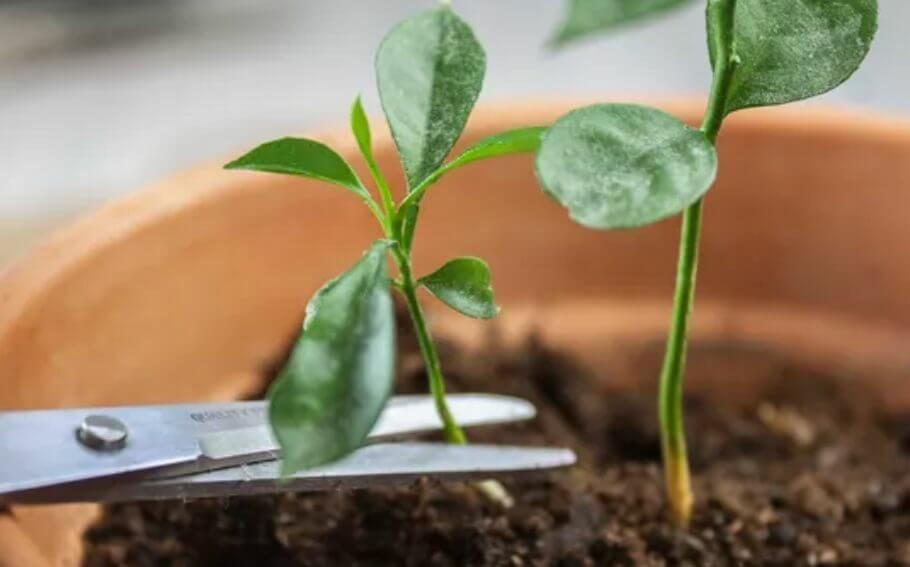A fully ripe orange yields an abundance of oblong, creamy white seeds that can serve as the foundation for growing new orange trees (Citrus sinensis L.). The seeds, or pips, exhibit easy germination without requiring pretreatment and swiftly give rise to lush, evergreen foliage. Nevertheless, orange trees grown from seeds exhibit slow growth, typically taking seven to eight years before bearing fruit.
Seed Preparation:
The viability of orange seeds diminishes rapidly once separated from the fruit, emphasizing the need for preparedness before cutting the orange. Select seeds from a fully ripe fruit with a vibrant orange color and no traces of green, ensuring they come from healthy, unblemished fruits devoid of rot or mold. To enhance successful germination, utilize at least four orange seeds, rinsing them thoroughly in clean, cold water to eliminate residual sugars. Allow the seeds to dry on a paper towel while preparing the pots for germination.
Sowing Tips:
Achieving the correct water balance and sowing depth proves crucial for the successful germination of orange seeds. Employ a clean 6- to 10-cm pot with a minimum of two drainage holes at the base and fill it with sterile potting soil composed of equal parts crushed peat moss and small-grain perlite. Leave about 1 cm from the top, place two seeds on the surface near the center with a spacing of approximately 1 cm, and cover them with 0.5 to 1 cm of potting soil. Spritz the medium with water to settle it, ensuring proper cohesion.
Care During Germination:
Orange seeds require temperatures exceeding 21°C for successful germination. Arrange the pots on a germination mat or a naturally warm location, such as above a refrigerator or near a water heater. Cover the pot with plastic wrap to retain heat, allowing loose edges for excess moisture to escape. Maintain even moisture in the soil, allowing the surface to slightly dry before the next watering. Most orange seeds germinate within 7 to 10 days in warm conditions, although some may take longer. After sprouts emerge, remove the plastic wrap and relocate the pots near a west- or south-facing window with a minimum of four hours of sunlight daily.
Seedling Selection:





